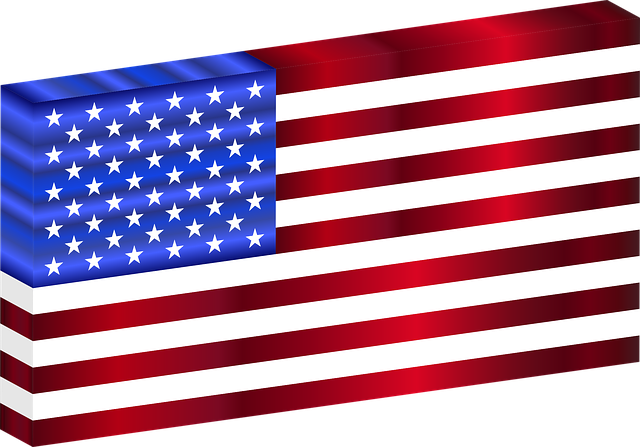The American Flag and Peace Sign, together, form a powerful symbol that combines patriotism with peace advocacy, encouraging civic responsibility, shared humanity, and universal values of compassion and tranquility. As global icons, they transcend political boundaries, fostering unity, dialogue, and respect among diverse cultures. Their hybrid design represents a universal call for peace during tensions and conflicts, promoting diplomacy, non-violence, and mutual respect towards a more harmonious world.
In an era where national identities are often polarizing, the harmonious fusion of patriotism and peace activism emerges as a powerful force for global unity. This article explores how symbols like the American Flag and the iconic peace sign transcend boundaries, representing both pride and serenity. We delve into historical movements that harnessed patriotic energy for peace, offering strategies to navigate challenges and misconceptions. From education to media, discover practical steps to cultivate a nation where patriotism and peace advocate for a harmonious world, empowering individuals to make a difference through their actions.
- The Symbolism of Combining National Pride and Peace
- – Exploring the American Flag as a universal symbol of identity and unity
- – The evolution of the peace sign and its global recognition
- Advocating for Peace Through Patriotic Channels
The Symbolism of Combining National Pride and Peace
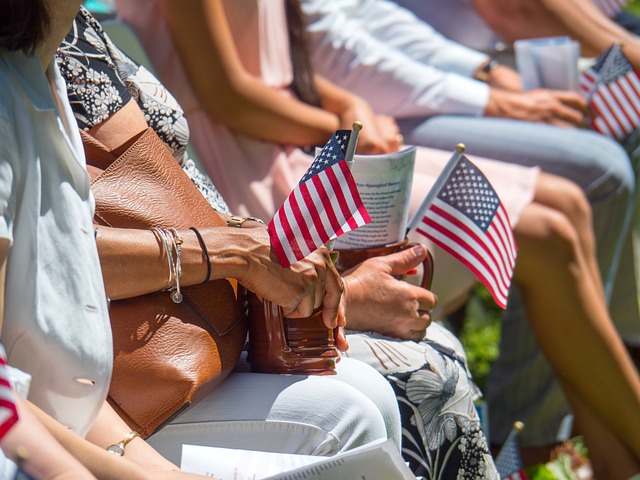
The combination of patriotism and peace advocacy through symbols like the American Flag and Peace Sign is a powerful statement that transcends traditional political boundaries. The American Flag, often seen as a symbol of national pride and unity, represents the values and ideals upon which the nation was founded – liberty, justice, and equality. When intertwined with the iconic Peace Sign, it sends a message of harmony and reconciliation, both domestically and globally. This fusion speaks to the heart of what it means to be an engaged citizen: loving one’s country while also championing universal peace and understanding.
More than just aesthetics, this symbolic blend encourages a mindset shift, fostering a sense of civic responsibility that extends beyond borders. It reminds individuals that while they cherish their nation, they also recognize the shared humanity that binds all people, regardless of nationality or background. This dual sentiment – patriotism and global peace – is not only possible but essential in creating a more just and peaceful world, where national pride enhances rather than conflicts with universal values of compassion and tranquility.
– Exploring the American Flag as a universal symbol of identity and unity
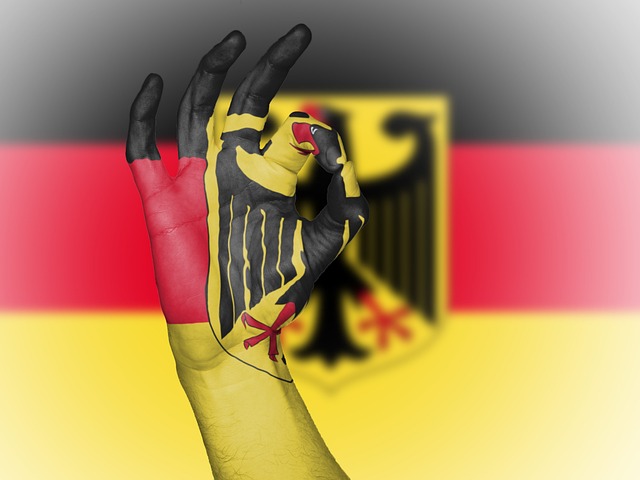
The American Flag, a timeless symbol, transcends its national identity to become a universal sign of unity and peace. Its vibrant red, white, and blue stripes evoke a sense of belonging, not just among Americans but globally. The flag has evolved over time, transforming from a representation of a young nation’s struggle for independence to a powerful emblem of hope and resilience. Today, it serves as a beacon of democracy, freedom, and solidarity.
As a peace advocate, the American Flag can be a compelling tool to foster global harmony. Its universal recognition allows it to transcend political boundaries, becoming a shared visual language. The flag’s iconic design, often incorporated with a simple peace sign, creates a powerful alliance between patriotism and pacifism. This fusion encourages open dialogue, understanding, and respect among diverse cultures, ultimately contributing to a more peaceful world.
– The evolution of the peace sign and its global recognition
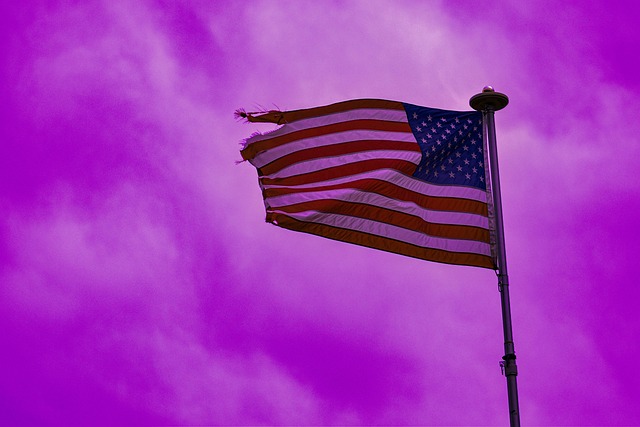
The peace sign, a powerful symbol of anti-war and pacifist movements, has evolved significantly since its inception in the 1950s. It began as a simple hand gesture popularized by British nuclear disarmament activist Gerald Holtom, who created it for the 1958 Anti-Nuclear Arms Demonstration. Over time, this gesture transformed into a iconic graphic symbol—a white dove superimposed on a circle, often accompanied by the word “peace.” This design became widely recognized globally, especially with its prominent display during the Vietnam War protests in the United States.
The American Flag Peace Sign combines the symbolism of both patriotism and peace advocacy. By integrating elements of the American flag into the traditional peace sign, it creates a unique fusion of ideals. The red, white, and blue colors evoke feelings of national pride while the dove and circle remain powerful reminders of non-violence and harmony. This hybrid symbol has gained international recognition, representing a universal call for peace and understanding, especially during times of political tension and conflict. Its global reach is a testament to the enduring message of peace that transcends cultural and national boundaries.
Advocating for Peace Through Patriotic Channels
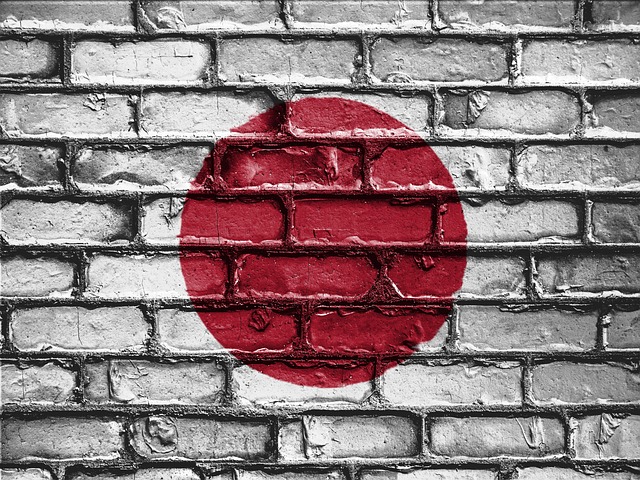
In a world often marred by conflict, advocating for peace becomes an act of both hope and patriotism. Combining these two seemingly disparate concepts is a powerful way to inspire change, especially when centered around symbols like the American Flag and the iconic Peace Sign. These emblems, typically associated with pride and unity, can serve as tools to foster dialogue and understanding among diverse communities. By merging patriotic sentiments with peace activism, individuals can create a unique and compelling narrative that resonates deeply.
Using the American Flag and Peace Sign together in protests, art displays, or community events conveys a powerful message: while we celebrate our nation’s heritage, we also strive for a world free from violence and strife. This approach encourages a sense of national pride coupled with global citizenship, fostering an environment where peaceful coexistence is both desired and achievable. Through such symbolic representation, advocates can engage their fellow citizens, encouraging open conversations about the importance of diplomacy, non-violence, and mutual respect.
